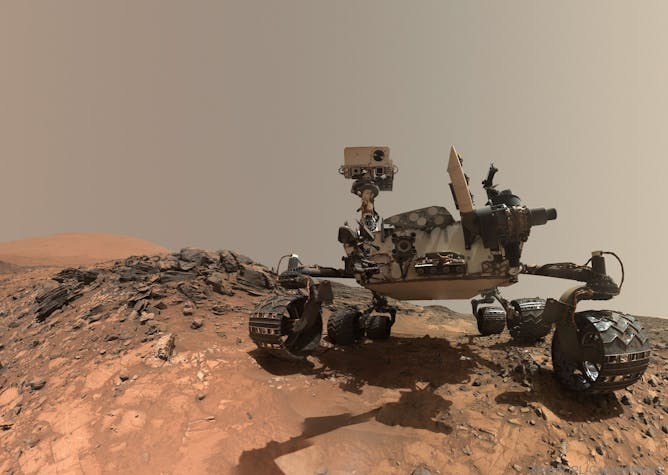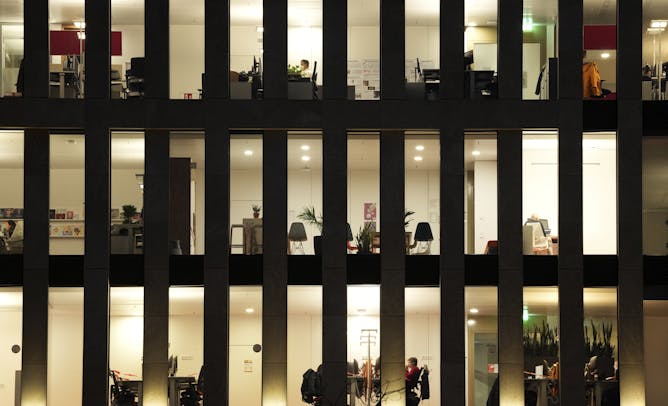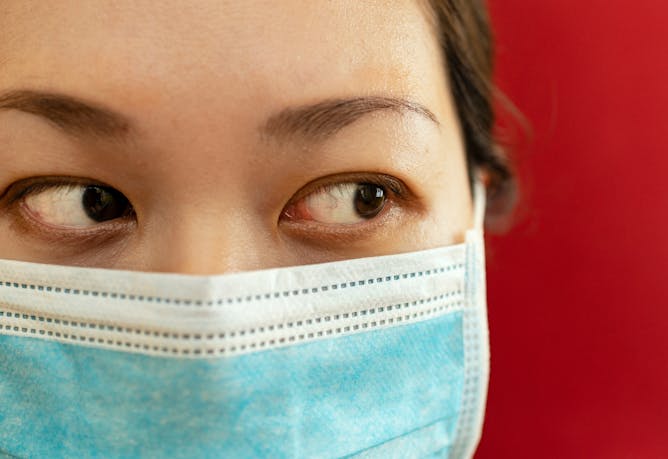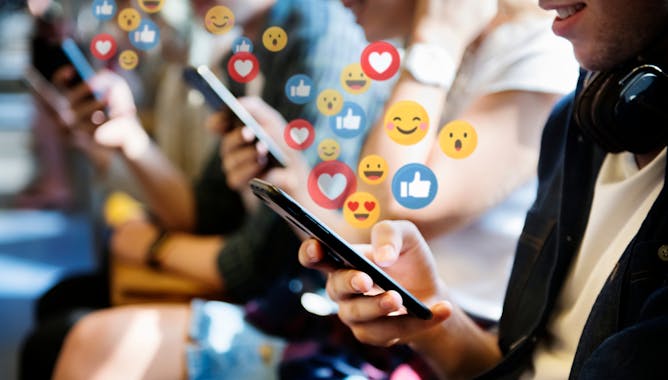|
If you’ve shopped online somewhere, do you expect to find paper marketing from the business in your mailbox? I don’t, as to me it’s a bit like receiving a phone call out of the blue from the friend who always texts (something I actually love).
Today’s retailers have many forms of communication to choose from. While our world has gone digital, marketers know that many would-be shoppers, perhaps particularly in the pandemic, are experiencing online overload. Today in The Conversation Canada Joanne McNeish of Ryerson University writes about how both bricks-and-mortar and e-commerce businesses have been relying on paper catalogues to market toys during the holidays.
McNeish, whose research has studied consumers’ refusal to give up on analog technologies, writes: “Home-delivered paper catalogues can be part of leisure reading and are artifacts with esthetic, symbolic and instrumental value … Paper catalogues create a richer sensory experience compared to a digital or catalogue or an online store.”
Also today:
All the best.
|

|
Susannah Schmidt
Education + Arts Editor
|
|

Paper is part of seasonal marketing for both bricks and mortar and online retailers.
Joanne E. McNeish/(/Quicksilver Agency/YouTube)
Joanne E. McNeish, Ryerson University
The sensory importance of touch and nostalgia are some reasons retailers won’t turn the page on paper catalogues.
|

Mexican and Guatemalan workers pick strawberries at the Faucher strawberry farm in Pont Rouge Que.
THE CANADIAN PRESS/Jacques Boissinot
Eric Tucker, York University, Canada; Leah F. Vosko, York University, Canada
Why did migrant agricultural workers suffer so greatly when the government had supposedly taken such care to ensure their safety?
|

The Curiosity Mars rover, launched in November 2011, is powered by a nuclear battery that relies on thermoelectric materials to turn heat from radioactive decay into electricity.
(NASA/JPL-Caltech/MSSS)
Jan-Hendrik Pöhls, McMaster University
More than two-thirds of the world’s energy is wasted as heat. Thermoelectric materials can convert unwanted heat into electricity, but finding the best ones has been slow.
|

A recent study suggests that organizations can lessen the negative effects of the pandemic by implementing key support measures to make employees feel more committed and content in their jobs.
(AP Photo/Michael Sohn)
Oli Mihalache, Athabasca University
Organizations can reduce some of the negative effects of the COVID-19 pandemic. Providing customizable support measures can improve employees’ work commitment and well-being.
|

Eye doctors report that patients are more frequently saying during routine exams that their eyes are irritated, burn and sting.
(Shutterstock)
William Ngo, University of Waterloo
Increased digital screen use, face masks and winter weather combine to form a triple threat to eye health: The dry eye triad. Here’s how to combat the resulting eye fatigue, irritation and discomfort.
|
La Conversation Canada
|

Catherine Cimon-Paquet, Université du Québec à Montréal (UQAM); Éliane Dussault, Université du Québec à Montréal (UQAM)
Les émotions désagréables sont une piste intéressante pour mieux réfléchir aux enjeux reliés au racisme et aux comportements non éthiques et peuvent nous aider à progresser dans les luttes sociales.
|

Sabrina Laplante, Université du Québec à Montréal (UQAM)
Se comparer à des individus en plus mauvaise posture que nous à travers les réseaux sociaux nous aiderait à nous sentir mieux. L’inverse est vrai.
|
Podcasts
|
-
Gemma Ware, The Conversation; Daniel Merino, The Conversation
Three stories from Australia and the UK exploring the role of art in helping people deal with the challenges life throws at them. Listen to The Conversation Weekly podcast.
|
|
Business + Economy
|
-
Joonas Rokka, EM Lyon; Ioana Lupu, ESSEC
Elite employers have created an atmosphere where workers constantly seek to be as busy as possible. Families are often the first casualty of this culture.
|
|
Culture + Society
|
-
Martin Graff, University of South Wales
Lockdown loneliness doesn’t mean people are rushing out on dates, says an expert.
|
|
Science + Tech
|
-
Alexandra Schnell, University of Cambridge; Andrew Crump, London School of Economics and Political Science; Jonathan Birch, London School of Economics and Political Science
Octopus, crabs, prawns demonstrate clear signs of emotion, such as pain and ‘anxiety-like’ behaviour.
|
|
| |
| |
| |
| |
|
|